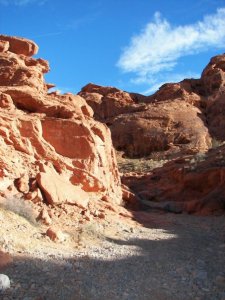Southwest Backcountry
Exploring The West, Discovering the Past
Bill Kettler
-
Recent Posts
Top Posts
Highlighted
- About The Authors
- Bear Attacks
- Bow drill fire making
- Building a primitive shelter: debris hut
- Caving (also called spelunking)
- Cryptobiotic Soil in the Desert
- Desert Pavement Formation
- Desert Playa Formation
- Desert Varnish Formation
- Dinosaur Tracks in the Desert
- Drinking Water in Nature, Hidden Hazards
- Hadrosaur
- Hiking In The Desert & Desert Survival
- Hot Springs In The Desert
- How to Make Cordage
- If Bitten By A Rattlesnake
- John D. Lee
- Lichen in the Desert
- Petrified Wood Formation
- Petroglyph’s Rock Art or Rock Writing?
- Table Of Contents:
- Understanding Rock Art
- Understanding The Anasazi
- Water Glyph’s
- When in Cougar Country:
Please Note:
The information and descriptions have been acquired by various sources Federal, State or Local Government as well as other resources and have only been presented here as a source of information.
Please remember most of the places described here are protected by the Federal, State or Local Government, please when visiting take pictures and leave only footprints.
Check with multiple sources to make sure all your information is up-to-date and accurate. Do not rely on only one source (such as our web site) to be the final word. Contact the BLM, U.S. Forest Service, National Park Service or whomever, to get the most up-to-date road and trail information. Things can, and do, change very rapidly in the desert due to road construction, flash flooding, and other natural and/or man-made causes. Do
the prudent thing and check before you venture out.Blog Stats
- 344,963 hits
